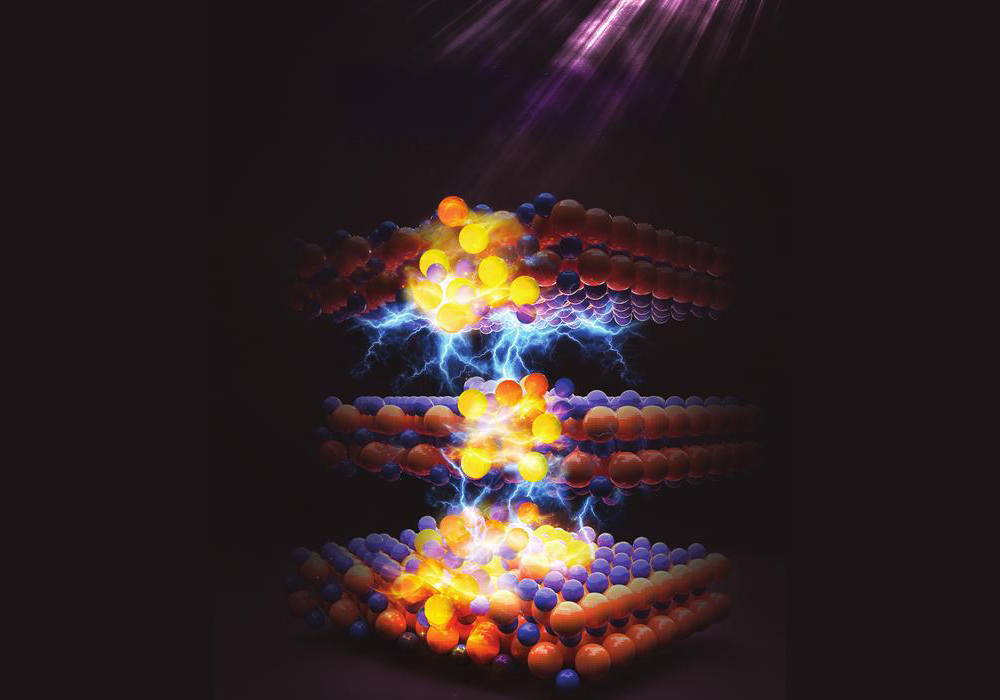Some clever folks at the University of California, Davis have figured out how to turn an ordinary iPhone into a medical-quality imaging and chemical detection device.
By taping a $40 ball lens over the phone’s camera lens, they were able to resolve features in the 1.5 micron range. A little bit of image processing software is needed to remove distortions and to patch together enough tiny images to make an image large enough to analyze. The group also is working making a simple spectrometer that would fit over the lens and be able to identify the spectral fingerprints of various molecules.
The press release focuses on medical applications, but a souped up smartphone like this seems perfect for failure analysis investigations, especially for collecting data out in the field, for situations where getting a sample back to the lab is not practical or when a SLR camera is too bulky for the space.
The team will present its work, “Microscopy and Spectroscopy on a Cell Phone,” by Kaiqin Chu, Zachary J. Smith, Alyssa R. Espenson, Denis Dwyre, Stephen Lane, Dennis Matthews, and Sebastian Wachsmann-Hogiu, at the Optical Society‘s Annual Meeting in October.
Author
Eileen De Guire
CTT Categories
- Electronics

